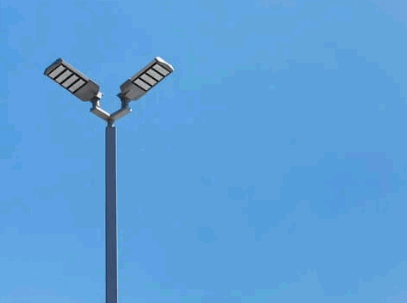Curious about the buzz surrounding LED lighting? In this article, we will explore what LED lighting is, how it works, and the numerous advantages it offers.
From energy efficiency and long lifespan to cost savings and versatility, LED lighting is revolutionizing the way we illuminate our spaces.
We will also delve into the different types of LED lighting available, including bulbs, tubes, panels, strips, floodlights, spotlights, high bays, and streetlights.
Let’s shed some light on the world of LED lighting!
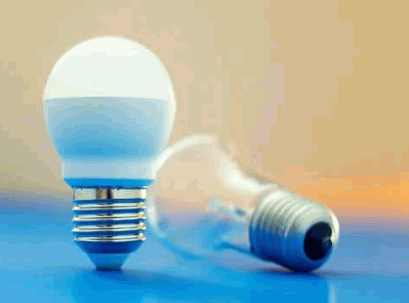
What Is LED Lighting?
LED lighting, a state-of-the-art light technology, has become increasingly popular due to its numerous advantages, including unparalleled energy efficiency and superior light output compared to traditional incandescent bulbs.
This form of lighting has significantly evolved over the years, with advancements in technology enabling LED lights to produce more natural and brighter illumination. In comparison to incandescent bulbs, LED lights have a longer lifespan and consume much less energy, making them a cost-effective and environmentally friendly option for both residential and commercial applications. LED lighting is known for its durability and ability to emit light in specific directions, reducing light pollution and increasing overall visibility.
Learn more: How To Install LED Recessed Lighting Retrofit

How Does LED Lighting Work?
LED lighting functions through a process called electroluminescence, wherein LEDs, which are semiconductor devices, emit visible light when an electric current passes through them.
When an electric current is applied to the semiconductor material within the LED, it excites the electrons, causing them to jump to a higher energy level. As these electrons return to their original energy state, they release energy in the form of photons, which manifests as light. The color of light emitted by the LED is determined by the semiconductor material used, with different materials producing different colored light.
To achieve a variety of color temperatures in LED lighting, phosphors are often added to the semiconductor material. These phosphors convert some of the light energy into longer wavelengths, resulting in warmer or cooler tones of light.
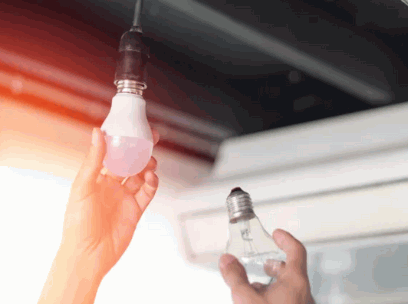
What Are The Advantages Of LED Lighting?
LED lighting offers a myriad of advantages over traditional lighting technologies, including significant energy savings, enhanced environmental performance, and superior durability and reliability.
Energy Efficiency
One of the primary advantages of LED lighting is its exceptional energy efficiency, which significantly reduces energy consumption and, consequently, lowers electricity bills.
LED lighting achieves this energy efficiency by converting a higher percentage of electricity into light compared to traditional incandescent or fluorescent bulbs. The technology used in LEDs produces more lumens per watt, resulting in a brighter light output using less energy.
This increased efficiency not only benefits the environment by reducing carbon footprint but also translates into substantial cost savings for households and businesses. By switching to LED lighting, users can experience significant reductions in their electricity bills, saving money in the long run.
Long Lifespan
LED lights are known for their long lifespan, experiencing minimal lumen depreciation and significantly reducing maintenance costs over time.
This impressive longevity of LED lights can be attributed to their solid-state construction and efficient energy usage. Unlike traditional lighting options like incandescent or fluorescent bulbs, which tend to burn out relatively quickly and require frequent replacement, LEDs can last up to 25 times longer. This means fewer disruptions due to burnt-out bulbs and a substantial decrease in maintenance labor and replacement costs. The consistent brightness maintained by LEDs throughout their lifespan ensures a higher quality of light over time, contributing to their popularity in various applications.
Durability
LED lighting stands out for its durability and reliability, partly due to its low heat emissions and effective thermal management.
Compared to traditional lighting technologies, such as incandescent or fluorescent bulbs, LEDs produce significantly less heat. This low heat emission not only reduces energy consumption but also minimizes the risk of fire hazards and potential damage to the lighting fixture itself. The effective thermal management of LED lights helps to maintain their performance over an extended period, ensuring consistent brightness and longevity.
Environmentally Friendly
LED lighting is environmentally friendly, offering superior environmental performance with reduced CO2 emissions and no mercury vapor lights.
LED lighting surpasses traditional lighting technologies in terms of environmental benefits. Not only does it emit significantly less carbon dioxide into the atmosphere, but it also avoids the use of hazardous substances such as mercury, which are commonly found in other types of lighting. This makes LED lighting a cleaner and safer option for both indoor and outdoor illumination. In addition, LED lights consume less electricity, which translates to lower energy usage and lower greenhouse gas emissions, further contributing to a greener planet.
Cost Savings
The cost savings from LED lighting stem from its lower energy consumption and reduced maintenance costs, resulting in significantly lower electricity bills.
LED lights are known for their incredible energy efficiency, consuming much less power compared to traditional incandescent or fluorescent bulbs. This means that users can enjoy bright illumination without the hefty electric bills. The long lifespan of LED lights translates to fewer replacements and maintenance checks, further reducing overall expenses. With less frequent need for bulb changes and servicing, businesses and homeowners can save not only on electricity costs but also on labor and replacement parts, making LED lighting a cost-effective choice in the long run.
Versatility
LED lighting is highly versatile, offering a wide range of light fixtures, adjustable color temperatures, and varying brightness levels to suit any need.
LED lighting fixtures come in various forms such as strips, bulbs, panels, and spotlights, allowing for creative and functional lighting designs. The ability to adjust the color temperature of LED lights provides options ranging from warm white to cool white, offering flexibility for different moods and settings. The brightness levels can be easily controlled, making it ideal for creating ambiance in residential spaces, highlighting artwork in galleries, or illuminating outdoor landscapes. The adaptability of LED lighting to diverse environments, whether in homes, offices, commercial spaces, or outdoor settings, makes it the go-to choice for modern lighting solutions.
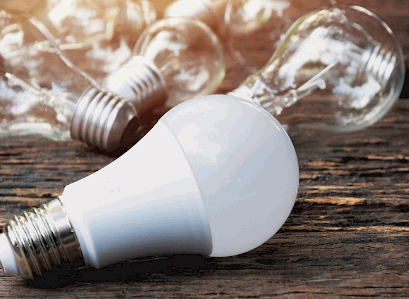
What Are The Different Types Of LED Lighting?
LED lighting comes in various forms and types, each suited to different applications ranging from commercial lighting to residential lighting, providing an array of light sources tailored to specific needs.
LED Bulbs
LED bulbs are a direct replacement for incandescent light bulbs, offering significant energy savings and a longer lifespan.
One of the primary advantages of LED bulbs is their energy efficiency. They consume much less electricity compared to traditional incandescent bulbs, leading to reduced energy bills and lower carbon emissions. Additionally, LED bulbs have a much longer lifespan, lasting up to 25 times longer than incandescent bulbs. This means fewer replacements and less waste, ultimately saving both money and resources.
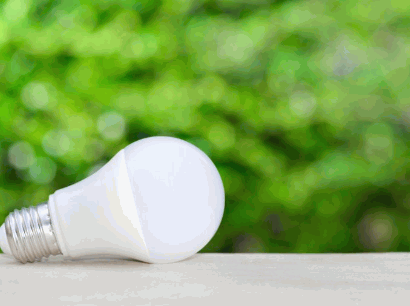
LED Tubes
LED tubes are designed to replace traditional fluorescent lighting, providing lower energy consumption and a longer operational life.
LED tubes are known for their energy efficiency, consuming up to 50% less energy compared to fluorescent tubes. This not only reduces electricity bills but also lessens the environmental impact.
LED tubes have a significantly longer lifespan, lasting up to 50,000 hours or more, whereas fluorescent tubes typically last around 10,000 hours. This longer lifespan translates to fewer replacements, saving on maintenance costs and reducing waste.
Making the switch to LED tubes results in both cost savings and sustainability benefits.
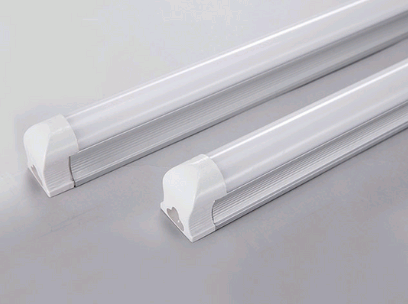
LED Panels
LED panels are widely used in commercial lighting due to their high light output and energy efficiency.
One of the key applications of LED panels in commercial settings is their ability to provide bright and uniform light, making them ideal for illuminating large spaces such as offices, retail stores, and hotels. Their energy efficiency also makes them a cost-effective choice for businesses looking to reduce their electricity bills without compromising on lighting quality.
- LED panels are versatile and can be used for various commercial lighting needs, including general lighting, task lighting, and accent lighting. This flexibility allows businesses to create different atmospheres and highlight specific areas within their establishment.
- The long lifespan of LED panels minimizes maintenance costs and ensures consistent lighting performance over time, providing a reliable lighting solution for commercial spaces.
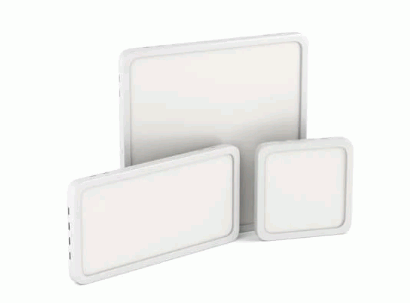
LED Strips
LED strips are known for their versatility and adjustable brightness, making them ideal for both decorative and functional lighting.
In terms of decorative applications, LED strips can be used to enhance the ambiance of any space, whether it’s a cozy bedroom, a futuristic office, or a vibrant restaurant.
Their adjustable brightness allows you to create the perfect lighting atmosphere, whether you want soft, dim lighting for a relaxing evening or bright, energetic lights for a lively gathering.
On the functional side, LED strips are often utilized for under-cabinet lighting in kitchens, accent lighting in displays, or even as backlighting for TVs and monitors.
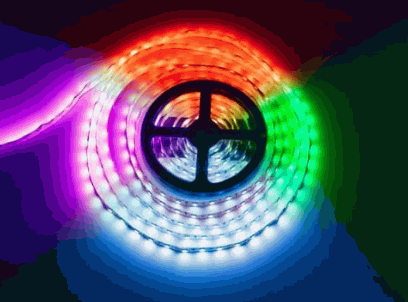
LED Floodlights
LED floodlights provide high brightness and are commonly used for outdoor lighting applications, offering energy efficiency and durability.
One of the key advantages of LED floodlights is their ability to produce a bright and powerful light that is perfect for illuminating large outdoor areas.
Their high-lumen output ensures excellent visibility, making them ideal for security purposes or highlighting architectural features in outdoor spaces.
LED floodlights are known for their energy efficiency, consuming significantly less power than traditional lighting solutions, which helps in reducing electricity costs over time.
These lights are built to withstand various weather conditions, making them a reliable choice for outdoor environments that are exposed to rain, snow, or extreme temperatures.
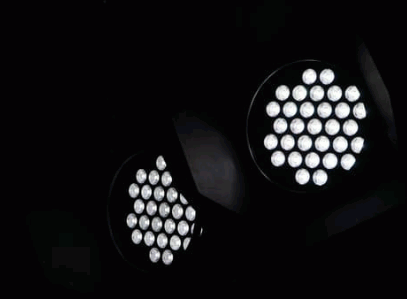
LED Spotlights
LED spotlights are popular in residential lighting due to their adjustable color temperature and focused light output.
One of the key benefits of using LED spotlights in homes is their versatility in creating various ambiances through adjustable color temperatures. Whether you want a cozy warm glow for the living room or a bright, cool light for task areas like the kitchen, these spotlights can easily be adapted to suit different preferences.
The focused light output of LED spotlights makes them ideal for highlighting specific areas or objects in a room, such as artwork, architectural features, or a reading nook. This precision in lighting not only adds visual interest but also helps in creating a more functional and well-lit living space.
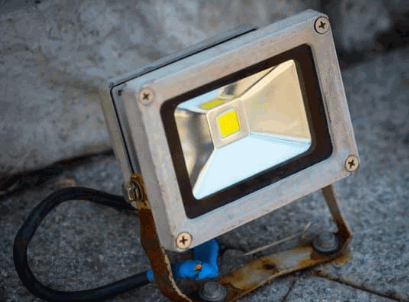
LED High Bays
LED high bays are designed for commercial lighting applications, offering substantial energy savings and excellent performance in high-ceiling environments.
These lighting fixtures are specifically crafted to illuminate large areas efficiently, making them ideal for warehouses, factories, gymnasiums, and retail spaces.
- The energy-efficient nature of LED high bays not only reduces electricity costs but also contributes to environmental sustainability, appealing to businesses aiming to minimize their carbon footprint.
- Their superior performance ensures bright and uniform light distribution, enhancing safety and productivity in workplaces with tall ceilings.
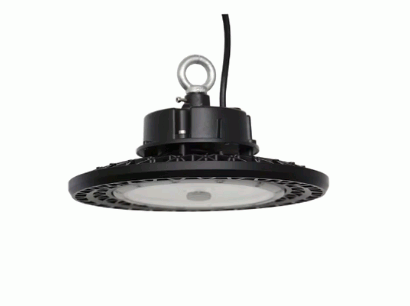
LED Street Lights
LED streetlights are increasingly used to reduce environmental impact and CO2 emissions, providing efficient and reliable outdoor illumination.
One of the significant benefits of LED streetlights is their energy efficiency, as they consume significantly less power compared to traditional lighting sources, leading to lower electricity consumption and decreased carbon footprint.
In addition, the long lifespan of LED bulbs contributes to less maintenance and replacement costs, further reducing their environmental impact by minimizing waste generation.
The directional illumination of LED street lights also helps in reducing light pollution, preserving the natural nighttime environment, and promoting better sleep patterns for both humans and wildlife.
